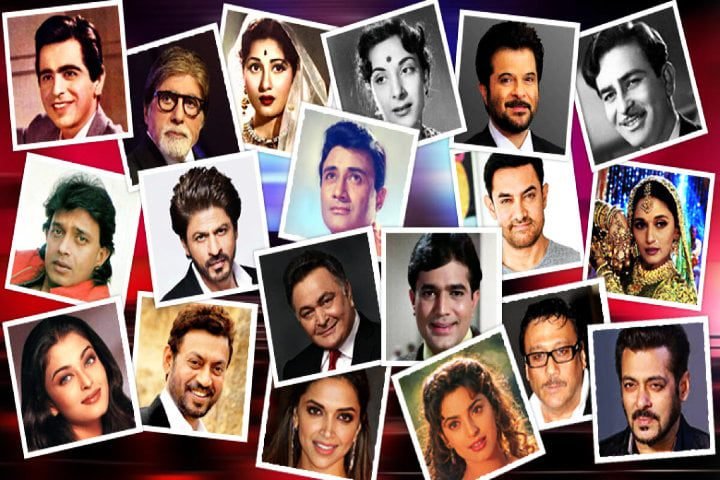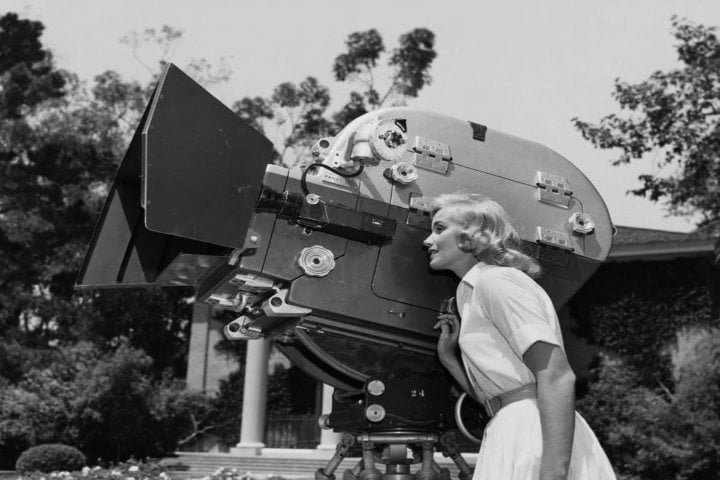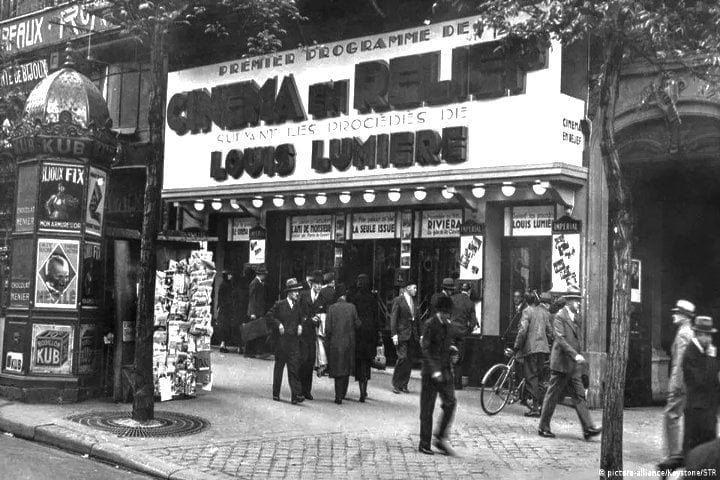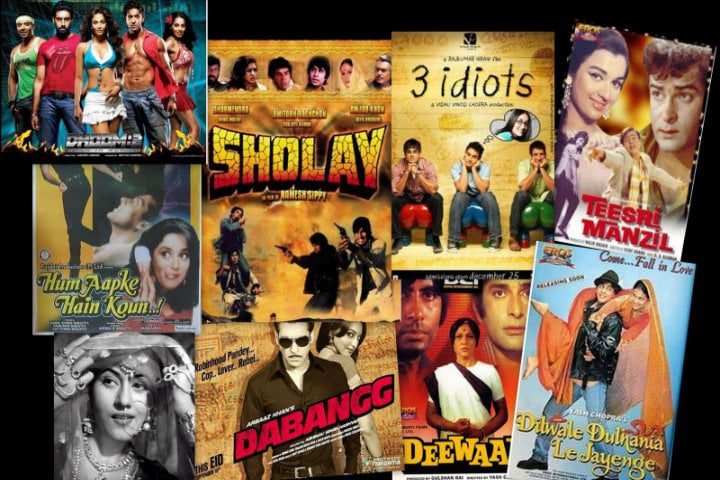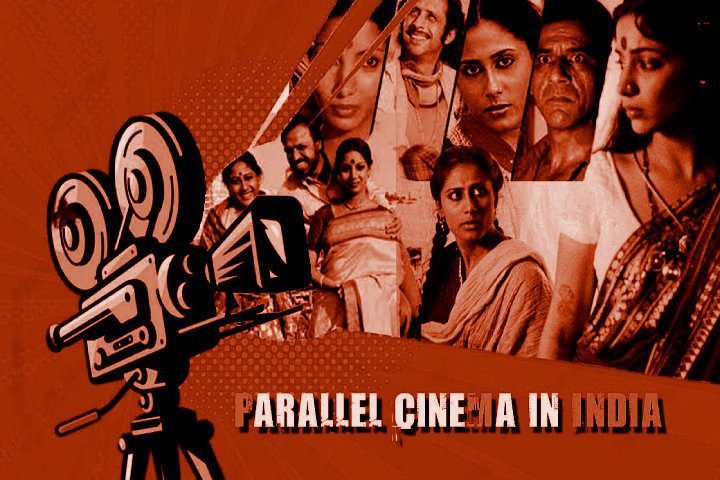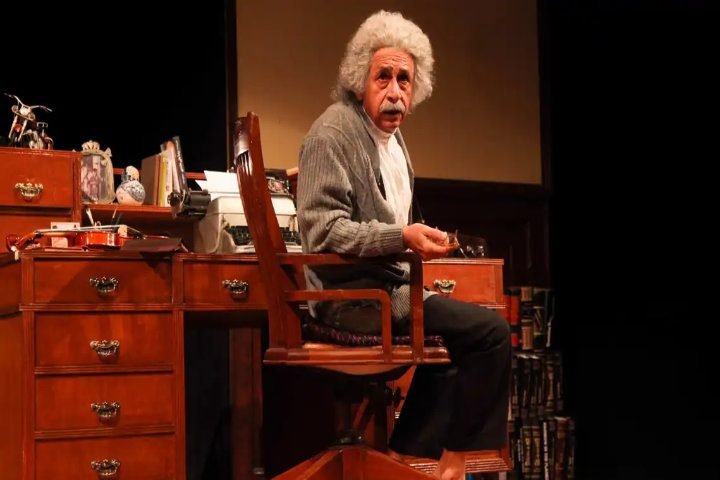CUET UG Cinema
Cinema and Social Change
As an art form, cinema has always been like a mirror that shows society’s complexities, struggles, accomplishments, and changes. Throughout history, various art forms have played pivotal roles in social movements and revolutions.
Before the advent of cinema, passionate literature and poetry were instrumental in stirring emotions and mobilizing people toward change. With the emergence of cinema, a new, powerful medium of expression and entertainment emerged, capable of reaching wide audiences and profoundly impacting societal norms and values.
This article explores the intricate relationship between cinema and social change, focusing on Hindi cinema. It examines how cinema can start conversations, make people more aware, and lead to societal changes.
The Power of Storytelling
At its core, cinema is all about storytelling, allowing filmmakers to weave narratives capturing the human experience and addressing social issues. When viewers connect with characters dealing with these issues on screen, they become more empathetic and informed about the real-life challenges others face.
Hindi Cinema as a Social Catalyst: 1940–1960
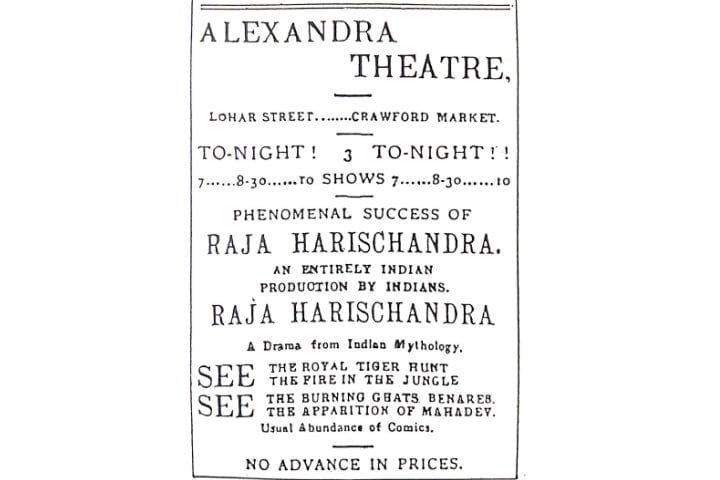
The journey of Hindi cinema began in 1913, when the silent film Raja Harishchandra came out. England was still colonizing India then, so American and British films were available there. People in India saw the popularity and success of English films and decided to create their own versions. Therefore, Bollywood came as a response to America’s booming film industry, Hollywood.
The movies during this time were mostly mythological stories about Hindu religious texts such as the Ramayana and Mahabharata. Hinduism was the dominant religion in India at the time, and spirituality and religion significantly impacted society. However, filmmakers quickly realized the medium’s potential as a tool for effective communication and social change.
For many years, Bollywood films’ sole purpose and function were to entertain. The primary audience was the lower and working classes, who used Bollywood films as escapism to distract themselves from the harsh realities of life. Therefore, since the beginning, Bollywood films have been mostly colorful and have joy, love, celebration, and fantasy themes.
However, the newly independent India was battling several social issues, such as untouchability, corruption, illiteracy, poor medical care, and inadequate educational infrastructure. Furthermore, there was widespread exploitation of illiterate peasants and agricultural laborers. Therefore, few filmmakers strive hard to engage with complex social themes, pushing audiences to reflect on the world around them.
Cinema became the only effective medium to raise these oppressed voices and fight against the exploitation of the feudal landlords. The social movements on the ground gained momentum because films contributed to the mobilization of the rural Indian population.
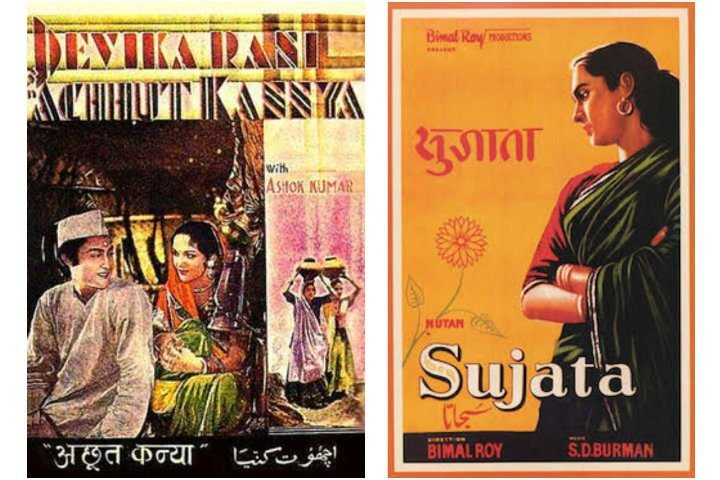
Films such as Achhut Kanya (1936) and Sujata (1959) conveyed social messages against untouchability, highlighting the persistent issue of the caste system in India for many centuries.
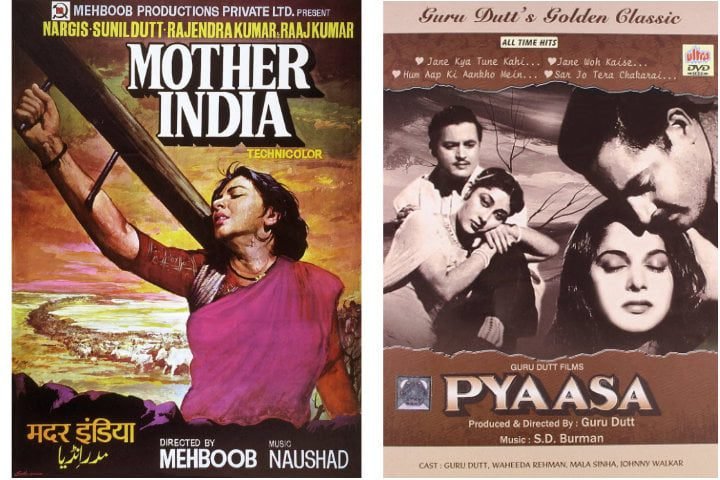
Films like Mother India (1957) highlighted social issues like poverty and the resilience of rural India, demonstrating how cinema could influence societal attitudes. Films like Pyaasa (1957) and Do Bigha Zamin (1953) used empathic storytelling to criticize social inequality and the harsh realities of life.
The Angry Young Man: 1960–1980
Bollywood films in the 1960s, 70s, and 80s were largely male-dominated. Most films center around a strong male lead character, painted as a “hero,” who defeats a villain. The trend was for the main character to be an “Angry Young Man.”
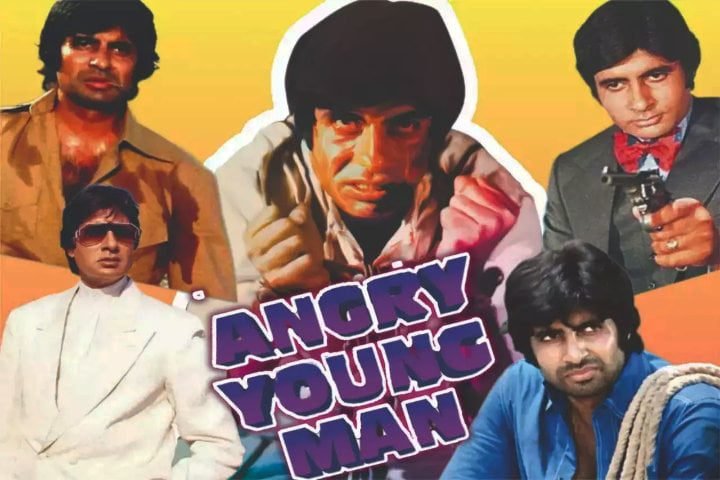
With the exception of a few films, women played a limited role in films during this era. The storylines and gender roles in the films were reflective of India’s misogynistic culture at the time, where men were considered superior to women and held more power.
Shifting Culture and Demographics: 1980–2000
The Indian economy was decisively liberalized in 1991, signifying a major shift in India’s approach. From the 1980s to the 2000s, filmmakers largely focused their film plots and characters on younger characters to cater to the growing population of younger generations.

Jo Jeeta Wohi Sikander (1992) and Mohabbatein (2000) are films from that time that revolve around themes that appeal to youth, such as college, love, academics, and friendship.
With the country’s growing prosperity, filmmakers became more assertive about showcasing Indian culture through song and dance. Many movies featured more of the prime aspects of Indian culture, such as important practices and customs. The actors also wore more traditional outfits compared to the past. The movies of this time reflected core Indian values surrounding family and marriage.
Reflecting Contemporary Issues: 2000-20
Cultural Exchange Through International Cinema
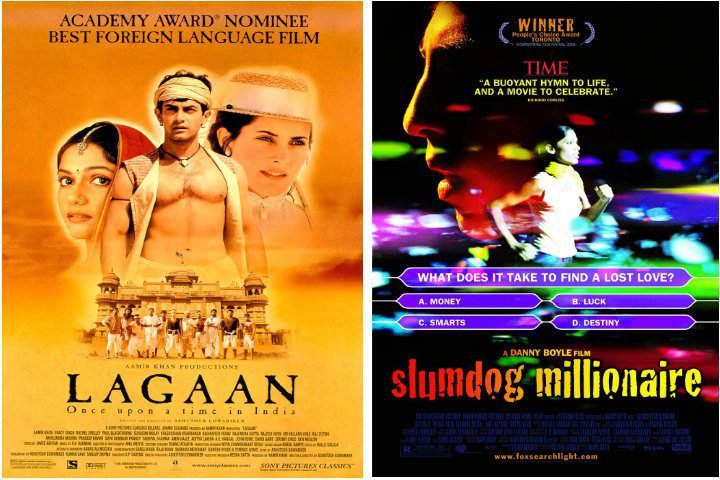
International cinema, including Hindi films, introduces audiences to different cultures, fostering a sense of global unity. Films like Lagaan (2001) and Slumdog Millionaire (2008) offer glimpses into Indian culture and society, promoting cultural understanding and appreciation. This cultural exchange can break down stereotypes and build bridges between diverse communities.
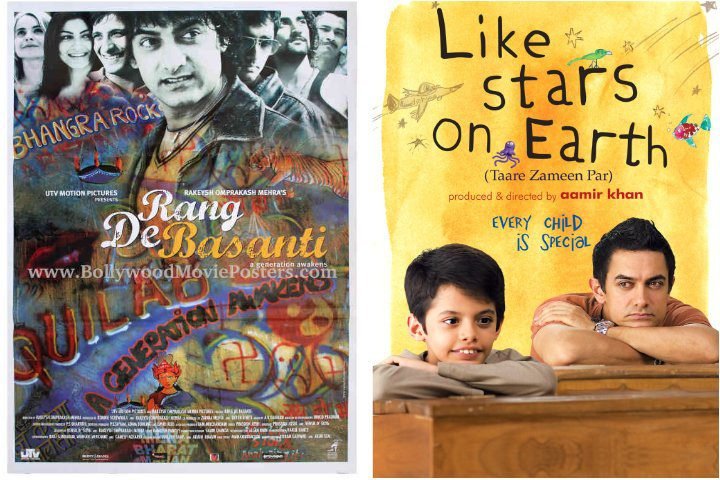
Cinema often serves as a mirror to society, reflecting its diverse cultures, lifestyles, and issues. Films like Rang De Basanti (2006) and Taare Zameen Par (2007) powerfully portray youth activism and the challenges faced by children with learning disabilities, respectively. By showing the struggles and successes of people from different backgrounds, movies help bring people together across cultural lines.
Inspiring Change

The most significant impact of cinema is its potential to inspire change. Films can showcase individuals’ resilience in the face of adversity, motivating viewers to overcome their challenges and pursue their dreams. For example, the movie “Chak De! India” (2007) inspires audiences with the story of the Indian women’s national hockey team overcoming numerous obstacles to achieve success, highlighting themes of perseverance, teamwork, and national pride.
Molding Beliefs and Values
One of the most potent ways films contribute to social change is by raising awareness. Cinema has the power to shape beliefs and values, often blurring the line between fiction and reality.
Films like 3 Idiots (2009) and Pink (2016) entertain and provoke thought about the education system and women’s rights, respectively. Both films profoundly impacted societal norms by presenting ideas and narratives challenging the status quo.
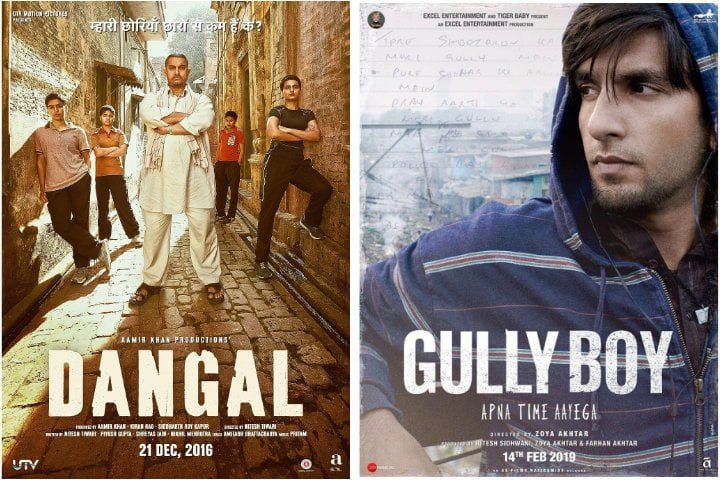
“Dangal” (2016) celebrated women’s empowerment through an inspiring story about the challenges and oppression faced by female athletes in India. The film showcased women’s strength and sent a powerful message to Indian society: to treat women as equal to men and provide them equal opportunities. Dangal resonated well with Indian society and became the highest-grossing Bollywood film ever.
Social realism, a genre that accurately and authentically depicts everyday life and societal issues, has significantly influenced Hindi films. Films like Gully Boy (2019) highlight issues such as poverty, street life, and the aspirations of the underprivileged. By presenting these issues through personal stories, social realism films make abstract problems tangible, encouraging viewers to engage with and understand complex social issues.
Sparking Conversations and Challenging Stereotypes
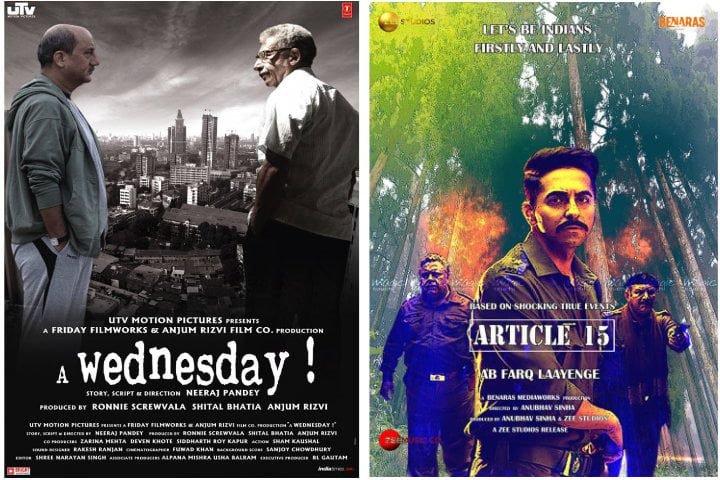
Movies often serve as conversation starters, providing a common ground for discussions on topics that might otherwise be difficult to approach. Films like “A Wednesday” (2008), which explores terrorism and the common man’s response to it, and “Article 15” (2019), which questions caste-based discrimination, ignite conversations that promote dialogue on crucial social issues.

Cinema has the power to challenge stereotypes and change perceptions. Films can break down biases and misconceptions by portraying characters with depth and authenticity. For example, the movie “Queen” (2013) sheds light on women’s journey to independence and self-confidence, challenging traditional gender roles and stereotypes about women in Indian society.
Promoting Advocacy Through Film
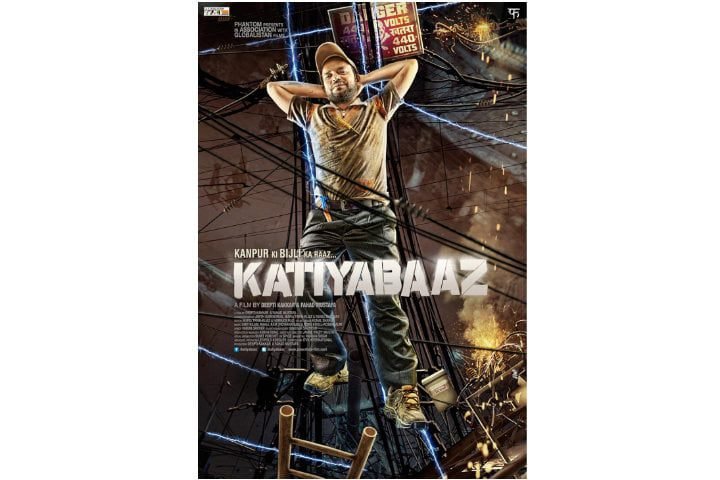
Filmmakers often use their craft to advocate for various issues. Documentaries, in particular, have played a significant role in raising awareness and promoting action. For example, films like “Katiyabaaz” (2014), which explores electricity theft in Kanpur and its broader implications, go beyond entertainment; they serve as calls to action that inspire viewers to engage with social justice.
Conclusion
The world of cinema and entertainment remains a powerful tool for addressing social issues. The film industry can contribute to positive societal change through storytelling, awareness, conversation, challenging stereotypes, advocacy, and inspiration. As filmmakers continue to explore and depict the complexities of the human experience, cinema will undoubtedly remain a crucial medium for social commentary and transformation.
From highlighting societal issues to inspiring change, Hindi films are a testament to the power of cinema to shape and transform society.
The CUET UG Mass Communication syllabus contains this topic under the Cinema section.

